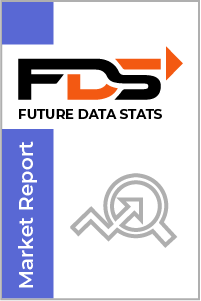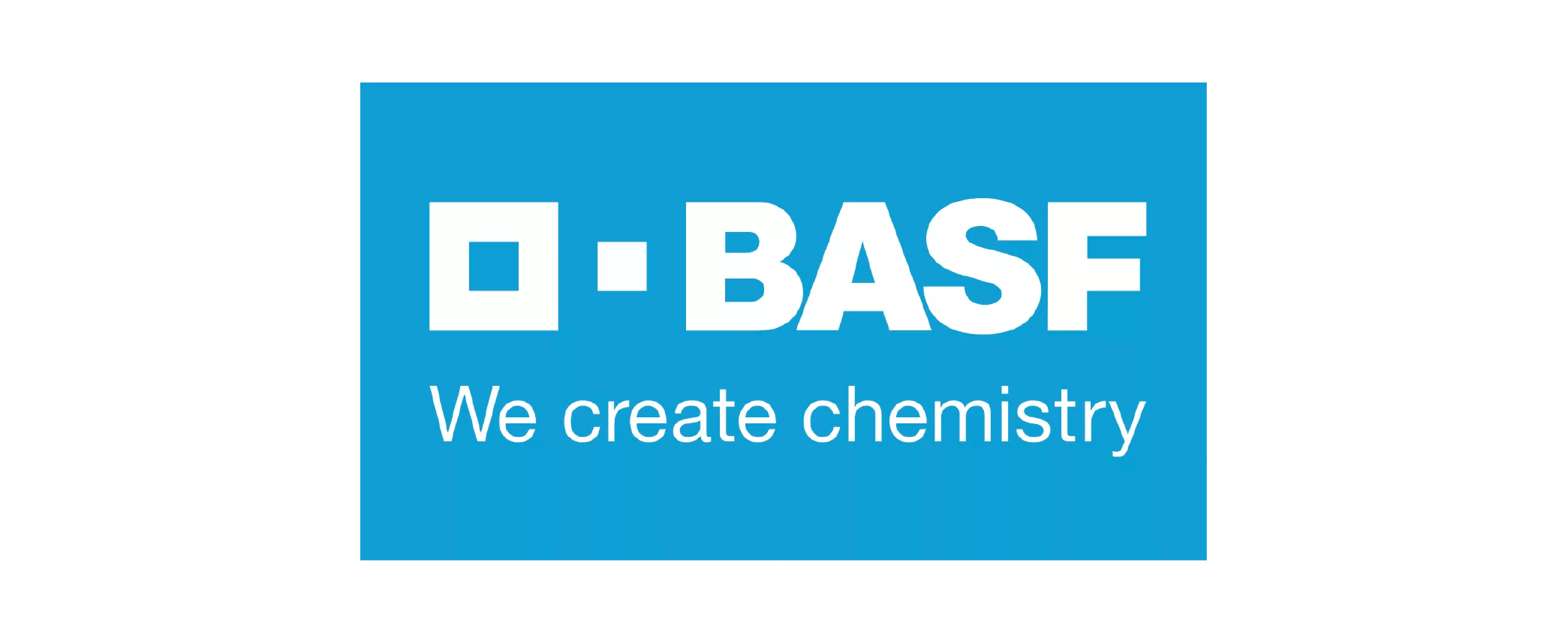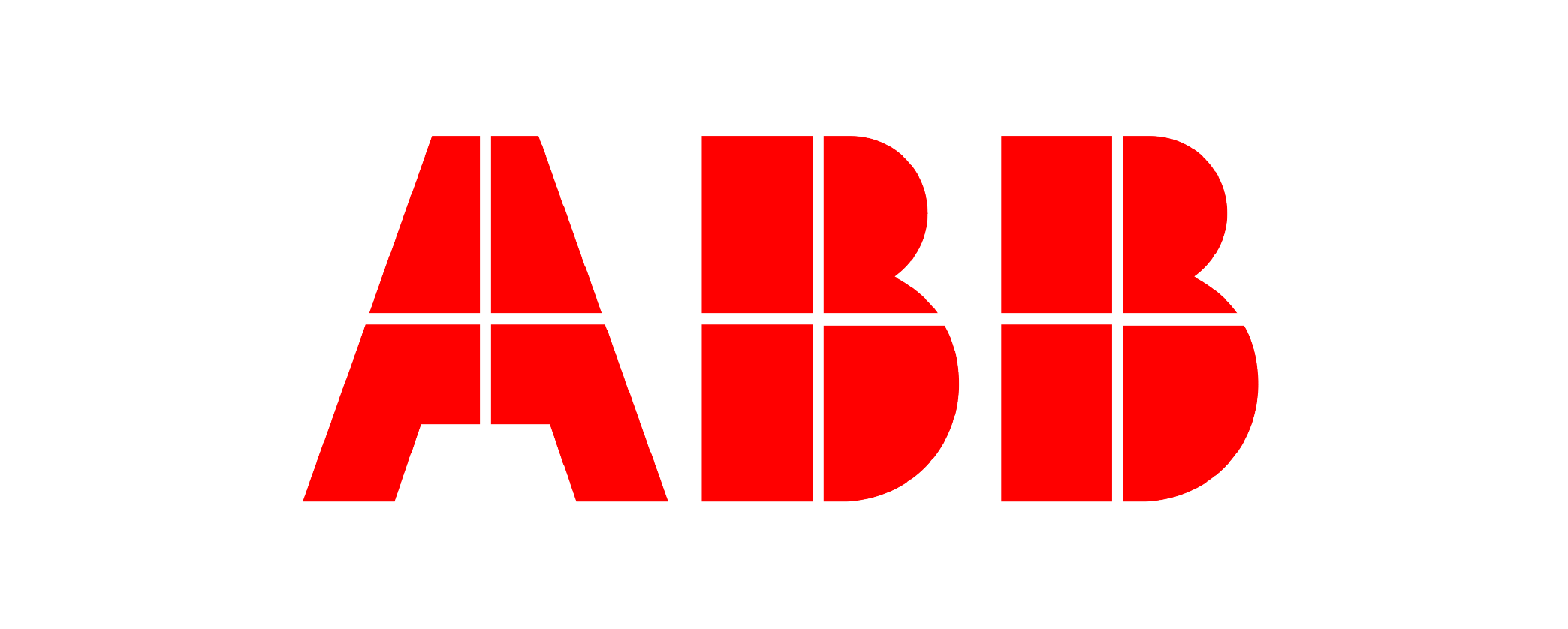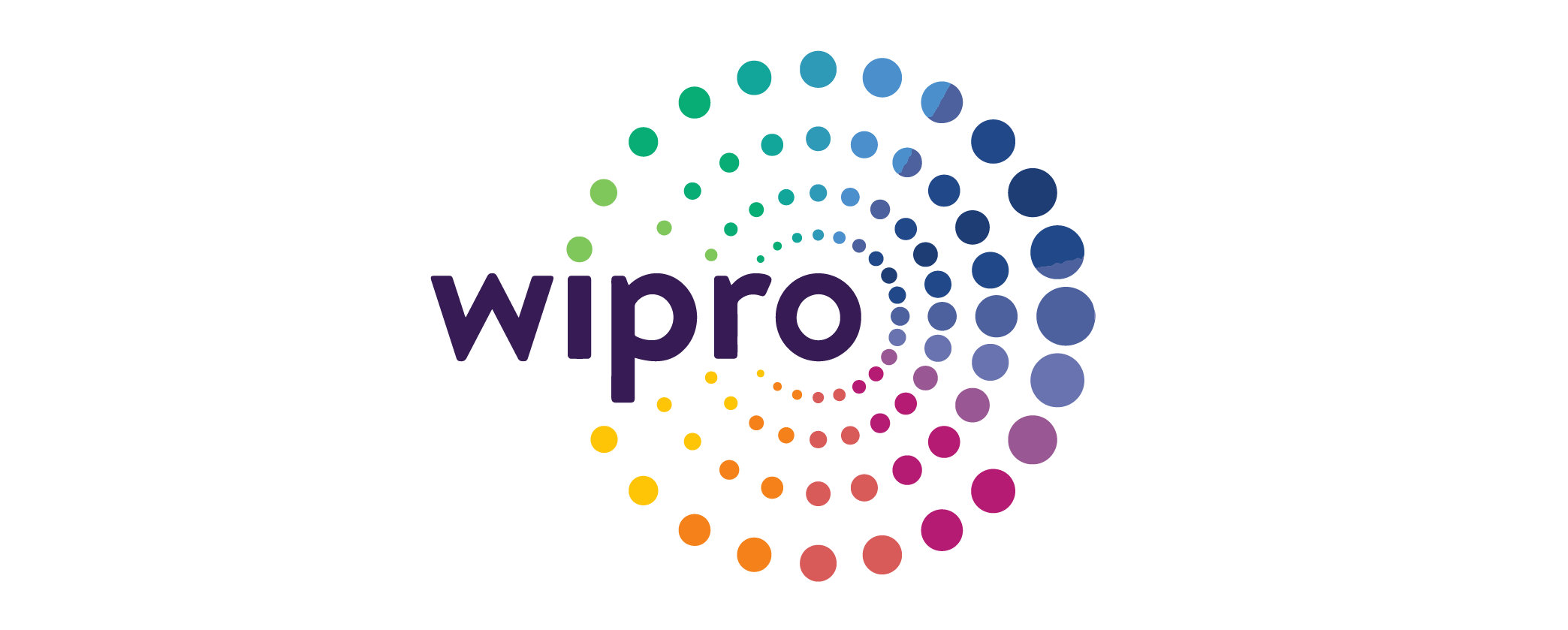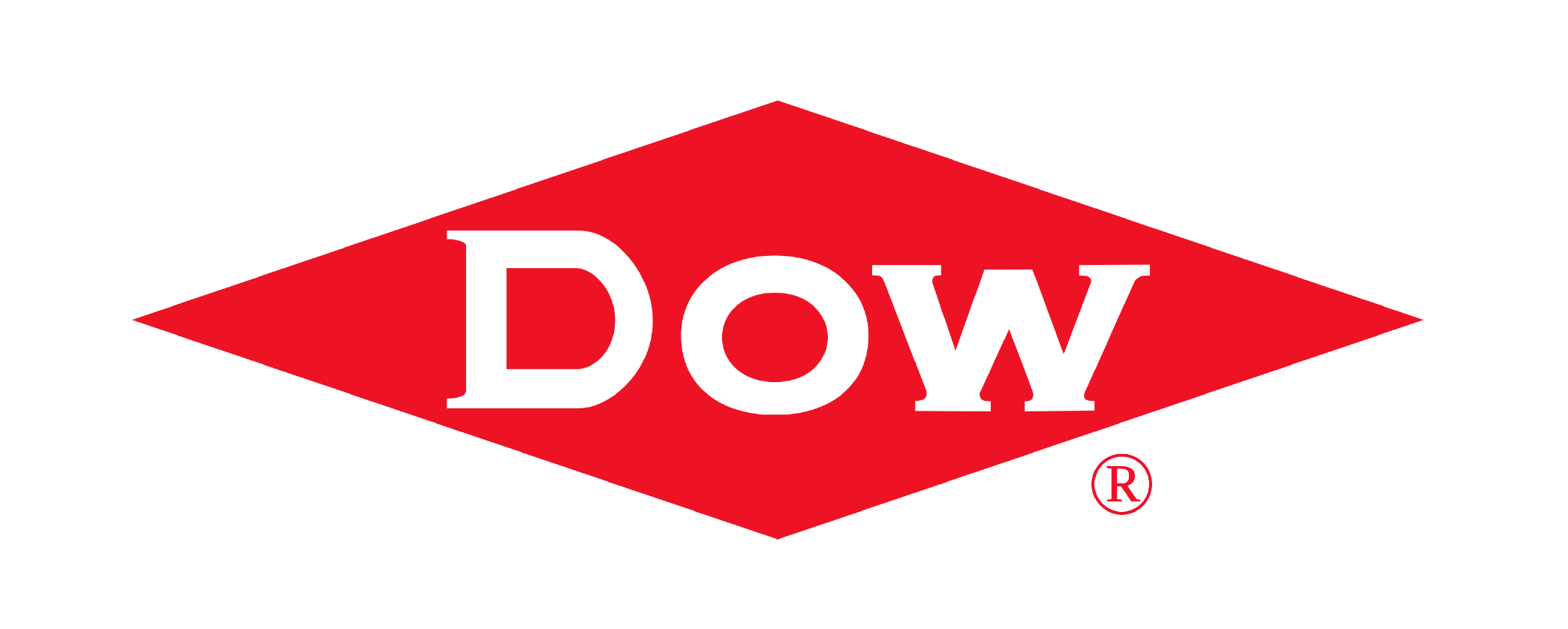The global Open RAN Market size was valued at USD 5.5 Billion in 2024 and is projected to expand at a compound annual growth rate (CAGR) of 40% during the forecast period, reaching a value of USD 46 Billion by 2032.
The "Open RAN Market Research Report" by Future Data Stats provides an in-depth examination of the market landscape, utilizing historical data from 2021 to 2023 to identify key trends and growth patterns. Setting 2024 as the foundational year, the report explores consumer behavior, competitive forces, and regulatory frameworks that influence the industry. It transcends basic analysis, delivering a thoroughly researched forecast extending from 2025 to 2033. By employing sophisticated data analysis methodologies, the report not only outlines the market's growth trajectory but also uncovers emerging opportunities and foresees potential obstacles, empowering stakeholders with vital insights to adeptly navigate the changing market landscape.
MARKET OVERVIEW:
Open RAN (Open Radio Access Network) refers to a modern approach in the telecom industry where network components from different vendors work together through standardized, open interfaces. This architecture allows telecom operators to move away from traditional single-vendor systems and adopt more flexible, cost-effective networks. It supports the integration of hardware and software from various suppliers, encouraging innovation and increasing competition in the mobile network infrastructure space. For market purposes, Open RAN plays a crucial role in reshaping how wireless networks are built and managed. It enables faster deployments, better scalability, and lower total ownership costs for service providers. By supporting virtualization and cloud-native technologies, Open RAN creates new growth opportunities across both developed and emerging markets, making it a strategic focus for telecom operators, enterprises, and governments investing in future-ready connectivity.
MARKET DYNAMICS:
The Open RAN market is experiencing a shift driven by the growing demand for vendor diversity, network flexibility, and lower operational costs. Recent trends show a rapid increase in collaborations between telecom operators and software-defined network providers to accelerate the deployment of 5G networks using open architecture. Major industry players are also investing in AI-based network optimization tools and energy-efficient hardware tailored for Open RAN environments. These developments are streamlining operations and helping operators meet rising data traffic demands while reducing dependence on traditional infrastructure vendors. Looking ahead, the market is poised for broader adoption across private enterprise networks, government-backed connectivity projects, and rural network expansion initiatives. Future trends include the integration of Open RAN with edge computing and real-time analytics, enabling more intelligent and adaptive network behavior. As regulatory support grows in key regions and innovation in virtualized RAN technology continues, the business scope will expand for system integrators, hardware suppliers, and cloud service providers aiming to tap into next-gen mobile network infrastructure.
Telecom operators are eager to adopt Open RAN technologies to enhance network performance and reduce dependency on single vendors. This shift allows them to customize their infrastructure and integrate innovative solutions more easily, ultimately improving service quality for end-users. Additionally, advancements in cloud computing and virtualization are fostering an environment ripe for Open RAN adoption, as these technologies enable more efficient resource management and scalability. However, the Open RAN market also faces certain restraints. Security concerns remain a critical issue, as the open nature of these networks can expose them to potential vulnerabilities. Furthermore, the transition from traditional RAN systems to Open RAN may involve substantial initial investments and operational challenges. Despite these hurdles, opportunities abound. The growing emphasis on 5G deployment presents a unique chance for Open RAN to thrive, as operators seek to accommodate higher bandwidth demands and connect more devices. By leveraging partnerships and collaborating with technology innovators, stakeholders can capitalize on this evolving landscape, driving further advancements in network efficiency and resilience.
Open RAN Market SEGMENTATION ANALYSIS
BY COMPONENT:
Vendors continue to refine open RAN hardware, focusing on reducing cost while maintaining high performance. Components like remote radio units (RRUs) and distributed units (DUs) play a central role in supporting flexible and scalable networks. With telecom providers moving toward disaggregated systems, the demand for customizable and energy-efficient hardware is rising steadily. Global operators are also prioritizing hardware that complies with open standards. This trend opens the door for new suppliers to enter the market, challenging traditional, vertically integrated players. Hardware designed for multi-vendor compatibility is gaining traction, particularly in large-scale deployments. The increasing shift to virtualized environments still requires physical infrastructure, which positions hardware as a foundational segment in the open RAN ecosystem. As networks scale and 5G matures, hardware innovation will remain a key driver of open RAN adoption across regions. Software defines the agility of open RAN systems. With centralized control and automation, operators are now leveraging cloud-native software to optimize network performance. Software-centric architectures allow quicker updates, AI integration, and easier management of multi-vendor networks. Open interfaces and standardized APIs are encouraging more developers to contribute to the ecosystem. This competition is speeding up innovation in radio resource management, orchestration, and network intelligence tools. Operators benefit from lower operational costs and improved time to market. Software continues to unlock value in both urban and rural rollouts. Its ability to support real-time analytics and intelligent decision-making will drive long-term growth. As more telecom providers shift toward virtualized solutions, software will dominate network modernization efforts.
Consulting, integration, and managed services have emerged as critical enablers of open RAN. Telecom providers increasingly rely on specialized partners to plan, deploy, and manage these complex networks. Service vendors offer the expertise to bridge technical gaps and ensure interoperability across components. Demand for system integrators is especially high in multi-vendor environments. These players ensure seamless coordination among hardware and software layers, accelerating deployment timelines. Professional services also help operators navigate regulatory requirements and ensure network security. As the open RAN market matures, managed services are expected to grow rapidly. Ongoing support, performance monitoring, and lifecycle management services give operators confidence in operating highly distributed, software-driven networks at scale.
BY FREQUENCY:
Sub-6 GHz remains the most deployed frequency range in open RAN, especially for early 5G and LTE deployments. This band offers broader coverage and deeper penetration, making it suitable for both urban and rural areas. Open RAN platforms benefit from the ability to efficiently manage multiple frequency bands using a software-defined approach. Telecom providers focus on leveraging Sub-6 GHz to reach underserved areas. Governments and regulators often support this strategy with spectrum policies favoring widespread access. As a result, many pilot projects and commercial rollouts use Sub-6 GHz as a foundation for open RAN implementation. The balance between range and capacity in this band makes it ideal for macro and small cell integration. Vendors are building radio units optimized for Sub-6 GHz, which are easier to deploy and maintain. This frequency range will continue driving cost-effective expansion.
mmWave enables extremely high-speed data transmission, making it ideal for dense urban environments. As open RAN supports multi-band operations, the integration of mmWave into open RAN systems helps unlock ultra-low latency and higher throughput for 5G use cases. Despite its limited range, mmWave deployment is increasing in smart cities, stadiums, and enterprise campuses. Open RAN allows operators to virtualize and manage mmWave deployments more flexibly, improving cost control. Vendors are developing lightweight, modular equipment to overcome physical deployment challenges. The technology’s ability to support bandwidth-intensive services like AR/VR and ultra-HD streaming adds strategic value. As open RAN evolves, mmWave’s role in enabling differentiated services will become more significant, particularly in high-density regions.
BY ACCESS TECHNOLOGY:
Open RAN enables the modernization of 2G infrastructure without the need for proprietary hardware. In many developing countries, 2G remains essential for basic communication. Open RAN allows operators to upgrade legacy systems while minimizing capital expenditure. This approach supports rural and low-income regions where newer technologies are not yet feasible. Vendors provide software solutions that can virtualize 2G functionalities on general-purpose hardware, making maintenance more efficient. Although 2G is phasing out in many areas, open RAN extends its relevance through low-cost, sustainable models. The technology continues to support basic voice and SMS services where data networks are still emerging. 3G networks serve as transitional infrastructure in many regions. With open RAN, telecom operators can consolidate their 3G systems while preparing for 4G and 5G. Software-defined 3G RAN enables more efficient spectrum use and lowers OPEX. Operators leverage open RAN to create hybrid networks that support multiple generations simultaneously. This ensures backward compatibility without sacrificing performance. While 3G is declining in many urban markets, it remains active in developing areas. Open RAN's flexible architecture helps extend its lifespan and ease the eventual transition to newer networks.
4G LTE remains a dominant technology in open RAN adoption. Most initial deployments focus on virtualizing LTE networks to cut infrastructure costs and increase flexibility. Operators use open RAN to densify 4G coverage and handle rising data traffic. The ability to deploy LTE on cloud infrastructure allows quick rollouts in underserved regions. Vendors also offer open RAN platforms that allow 4G and 5G to coexist, which streamlines upgrades and minimizes disruptions. LTE’s maturity makes it a reliable choice for early open RAN adopters. As a result, telecom providers continue investing in LTE as part of hybrid strategies that include future-proofing for 5G. 5G accelerates open RAN adoption by requiring agile, software-driven networks. Operators deploy open RAN to scale their 5G services faster and more cost-effectively. Virtualized 5G networks improve service delivery and simplify infrastructure management. 5G's need for high bandwidth and low latency aligns with open RAN’s decentralized architecture. Cloud-native 5G systems support edge computing, which is vital for real-time applications. Telecom companies are partnering with cloud providers and software firms to roll out 5G open RAN networks. This convergence of technologies makes 5G the most dynamic and transformative access segment.
BY DEPLOYMENT:
Public networks make up the bulk of open RAN deployments. National carriers use open RAN to increase coverage, reduce vendor lock-in, and streamline multi-site management. Governments also back public deployments to expand digital infrastructure. Open RAN’s ability to integrate multiple vendors supports rapid network expansion in large urban and suburban areas. Operators benefit from reduced costs and more control over network updates and performance. As demand grows for reliable, high-speed connectivity, public networks rely on open RAN to deliver service quality while managing growing traffic loads. Its scalable nature supports national rollout strategies effectively.
Private networks are gaining traction in industries like manufacturing, logistics, and mining. Open RAN helps enterprises build secure, tailored networks without relying on major carriers. This shift gives businesses more control over data and performance. Companies deploy private open RAN systems to support automation, IoT, and edge applications. Open RAN’s flexibility and modularity make it ideal for dynamic environments. As 5G use cases expand, private open RAN networks provide the foundation for innovation in high-performance settings. These networks offer dedicated bandwidth, enhanced security, and faster deployment cycles.
BY END-USER:
Telecom operators are the primary drivers of open RAN adoption. They seek alternatives to proprietary systems to cut costs and improve flexibility. Open RAN allows them to modernize infrastructure and adopt cloud-native strategies. Many large carriers lead open RAN trials and commercial rollouts, often with government support. These initiatives aim to diversify supplier ecosystems and create more competitive vendor landscapes. Operators benefit from the scalability and vendor choice that open RAN provides. This empowerment helps them respond faster to changing user demands and technology upgrades. Enterprises adopt open RAN to develop private, high-performance wireless networks. These networks support automation, robotics, and real-time analytics in sectors like manufacturing, energy, and logistics. With open RAN, businesses avoid dependency on single vendors and gain flexibility to customize their network architecture. This control supports better performance, security, and operational efficiency. Enterprise interest in open RAN continues to grow, especially as edge computing and 5G enable new use cases. The segment presents a strong growth opportunity for solution providers and integrators.
Governments use open RAN to expand rural connectivity and ensure national network sovereignty. Open architectures reduce reliance on foreign suppliers, supporting national security goals. Public sector projects often serve as testbeds for innovative network solutions. Open RAN allows faster deployment of public safety and smart city applications. Policy incentives and funding programs accelerate adoption in this segment. Governments also work with local vendors to foster domestic telecom ecosystems. NGOs, academic institutions, and community networks explore open RAN for specialized needs. These users value the cost-efficiency and customization it offers for localized connectivity. In remote or underserved regions, open RAN enables mission-driven organizations to deliver basic services like education, healthcare, and communication. As awareness grows, more unconventional users are expected to enter the open RAN market, contributing to its expansion and diversification.
REGIONAL ANALYSIS:
North America leads the Open RAN market with strong support from government initiatives and active involvement from major telecom operators investing in open and disaggregated network solutions. The United States, in particular, has accelerated trials and commercial deployments to enhance 5G coverage while reducing dependency on single-vendor ecosystems. High investment in R\&D and the presence of innovative tech firms continue to drive the region's advancement in Open RAN adoption.
Europe shows steady progress as countries focus on network sovereignty and vendor diversification. Operators in Germany, the UK, and France are running pilot projects to evaluate Open RAN’s performance across urban and rural areas. In Asia Pacific, nations like Japan and India are emerging as early adopters due to strong government backing and cost-efficient deployment needs. Meanwhile, Latin America and the Middle East & Africa are witnessing gradual uptake, mostly in trials and small-scale rollouts, as operators explore affordable ways to expand mobile access and prepare for next-gen connectivity.
MERGERS & ACQUISITIONS:
- In January 2024: Nokia and Dell Technologies partnered to accelerate Open RAN adoption with cloud-native solutions.
- In February 2024: Mavenir acquired Benetel, a radio unit specialist, to strengthen its Open RAN portfolio.
- In March 2024: Rakuten Symphony and Telefónica expanded Open RAN collaboration across Latin America.
- In April 2024: Samsung acquired a stake in Parallel Wireless to enhance its Open RAN capabilities.
- In May 2024: NEC and Fujitsu merged their Open RAN businesses to create a stronger global competitor.
- In June 2024: Vodafone and Intel launched an Open RAN innovation lab in Europe.
- In July 2024: Qualcomm partnered with Ericsson to develop energy-efficient Open RAN chipsets.
- In August 2024: Dish Wireless and Altiostar expanded their Open RAN deployment in the U.S.
- In September 2024: Microsoft acquired Open RAN software provider Affirmed Networks to boost Azure integration.
- In October 2024: Verizon and Cisco collaborated on Open RAN security solutions for 5G networks.
- In November 2024: Japan’s NTT Docomo invested $200M in Open RAN startup JMA Wireless.
- In December 2024: AT&T announced a multi-year Open RAN deal with Ericsson, replacing traditional RAN equipment.
KEY MARKET PLAYERS:
- Nokia
- Ericsson
- Huawei
- Samsung
- NEC
- Fujitsu
- Mavenir
- Parallel Wireless
- Rakuten Symphony
- Altiostar
- VMware
- Intel
- Qualcomm
- Dell Technologies
- JMA Wireless
- Airspan
- MTI
- Comba Telecom
- KMW
- ASOCS
Open RAN Market: Table of Contents
Executive Summary
Market Overview
Market Dynamics
- Drivers
- Restraints
- Opportunities
- Challenges
COVID-19 Impact Analysis
Porter's Five Forces Analysis
Regulatory Landscape
Technology Landscape
Value Chain Analysis
Pricing Analysis
Investment Analysis
Patent Analysis
Open RAN Market Segmentation
- By Component
- By Frequency
- By Access Technology
- By Deployment
- By End-User
Regional Analysis
- North America
- Europe
- Asia Pacific
- Latin America
- Middle East & Africa
Competitive Landscape
Market Share Analysis
Key Player Profiles
Strategic Recommendations
Future Outlook
Open RAN Market Segmentation
By Component:
- Hardware
- Software
- Services
- By Frequency
- Sub-6 GHz
- mmWave
By Access Technology:
- 2G
- 3G
- 4G LTE
- 5G
By Deployment:
- Public
- Private
By End-User:
- Telecom Operators
- Enterprises
- Government
- Others
By Geography:
- North America (USA, Canada, Mexico)
- Europe (UK, Germany, France, Italy, Spain, Rest of Europe)
- Asia-Pacific (China, Japan, Australia, South Korea, India, Rest of Asia-Pacific)
- South America (Brazil, Argentina, Rest of South America)
- Middle East and Africa (GCC Countries, South Africa, Rest of MEA)
WHY SHOULD YOU INVEST IN A MARKET RESEARCH REPORT?
Smarter Business Decisions:
A high-quality market research report delivers valuable insights into industry trends, customer preferences, and competitor strategies. With solid data guiding your choices, you can minimize risks and confidently pursue new opportunities—whether launching a product or expanding into new markets.
Spot Hidden Opportunities:
Market research uncovers unmet customer needs and emerging trends before they become mainstream. By aligning your products or services with these opportunities, you can stay ahead of the competition and capture untapped demand.
Know Your Competition Inside Out:
Gain a clear picture of your competitors' strengths, weaknesses, and strategies. This knowledge helps you refine your unique selling points, craft stronger positioning, and outmaneuver rivals effectively.
Sharper, More Effective Marketing:
Understanding your audience is key to successful marketing. Market research reveals who your customers are, what drives their decisions, and how they engage with brands. With these insights, you can create tailored campaigns that deliver better results and higher ROI.
Reduce Risks Before They Arise:
Every business move carries some risk—but research helps you anticipate challenges before they become costly. By analyzing market conditions and potential obstacles, you can make proactive adjustments to protect your bottom line and reputation.
Strengthen Your Case for Funding:
Investors and lenders want proof of market potential before backing a business. A well-researched report provides the data-driven evidence they need, boosting your credibility and increasing your chances of securing capital.
Stay Ahead of Industry Shifts:
Markets evolve fast, with new technologies, regulations, and consumer behaviors constantly reshaping the landscape. Regular market research ensures you stay informed, adapt quickly, and maintain a competitive edge in your industry.
RESEARCH METHODOLOGY AT FUTURE DATA STATS
At Future Data Stats, we combine decades of industry expertise with cutting-edge research techniques to deliver unparalleled market intelligence. Our team of seasoned analysts employs a dynamic, data-driven approach to uncover actionable insights, helping businesses navigate complex market landscapes with confidence.
Comprehensive & Cutting-Edge Market Analysis
We go beyond surface-level trends to provide a 360-degree view of market dynamics. Our research methodology is designed to:
✔ Accurately assess market size, growth patterns, and competitive landscapes.
✔ Identify emerging opportunities through real-time trend analysis and predictive modeling.
✔ Validate findings with high-quality data, expert consultations, and independent verification.
Our insights empower decision-makers with strategic clarity, ensuring they stay ahead in rapidly evolving industries.
Multi-Source Data Collection & Validation
We leverage a diverse mix of primary and secondary research sources, including:
- In-depth stakeholder interviews (industry leaders, suppliers, distributors, and end-users)
- Statistical databases & market reports from authoritative global sources
- Regional market intelligence to capture localized trends and demand shifts
- Proprietary analytical models tailored to specific industry needs
- By cross-verifying data from multiple streams, we ensure maximum accuracy and reliability.
Key Advantages of Our Research Approach
- Actionable Intelligence – Clear, data-backed recommendations for strategic planning.
- Technology-Enhanced Accuracy – Advanced tools for data validation and trend forecasting.
- Unbiased Insights – Independent analysis free from external influence.
Our Two-Tier Research Framework
- Primary Research – Direct Industry Engagement
- Expert Interviews: Over 25+ hours of discussions with key stakeholders across the value chain.
- Targeted Surveys: Structured questionnaires for KOLs (Key Opinion Leaders) to gauge market sentiment.
- Competitive Benchmarking: Assessing leading players to determine market positioning.
- Secondary Research – Extensive Data Synthesis
- Analysis of 3,000+ documents, including industry reports, whitepapers, and regulatory publications.
- Global & regional data mining from government databases, trade journals, and financial reports.
- Macroeconomic & sector-specific trend mapping for long-term forecasting.
Dual Analytical Approach
We employ both top-down and bottom-up methodologies to ensure precision:
- Bottom-Up Analysis: Calculating market size from granular data, ensuring detailed accuracy.
- Top-Down Assessment: Validating findings through macroeconomic indicators and industry benchmarks.
Why Choose Future Data Stats?
✔ 70+ years of collective expertise in market intelligence.
✔ Customized research models for sector-specific accuracy.
✔ Transparent, reliable, and forward-thinking insights.
With Future Data Stats, you don’t just get data—you get a strategic advantage. Partner with us to unlock the full potential of your market decisions.
Open RAN Market Dynamic Factors
Drivers:
- Telecom operators push for vendor diversity to reduce dependency.
- Governments promote open network standards through policy support.
- Cloud-native architecture speeds up deployment and network scaling.
Restraints:
- Integration complexities slow down large-scale adoption.
- Security concerns create hesitation among network providers.
- Limited interoperability across vendors hampers smooth rollout.
Opportunities:
- Growing 5G deployments open doors for flexible network solutions.
- Emerging markets seek affordable and scalable RAN systems.
- Innovation in AI-driven RAN optimization fuels new possibilities.
Challenges:
- Technical expertise gap limits effective implementation.
- Traditional vendors resist rapid open RAN disruption.
- Unclear return on investment concerns smaller operators.
Open RAN Market Regional Key Trends Analysis
North America:
- U.S. operators increase funding for open RAN trials.
- Cloud giants partner with carriers to support open infrastructure.
- Rural broadband projects adopt open RAN for cost-efficiency.
Europe:
- EU regulations encourage open and interoperable networks.
- Cross-border pilot projects gain momentum.
- Telecom companies collaborate on standard-setting bodies.
Asia Pacific:
- Japan and India invest heavily in national open RAN rollouts.
- Local vendors rise with software-centric RAN solutions.
- Urban 5G expansion accelerates demand for open systems.
Latin America:
- Operators explore open RAN to cut infrastructure costs.
- Trials launch in remote areas to improve coverage.
- Public-private partnerships support digital inclusion efforts.
Middle East & Africa:
- Governments initiate pilot programs for network modernization.
- Telecom firms tap open RAN for rural and desert connectivity.
- Vendor-neutral approaches attract early tech adopters.
Frequently Asked Questions
